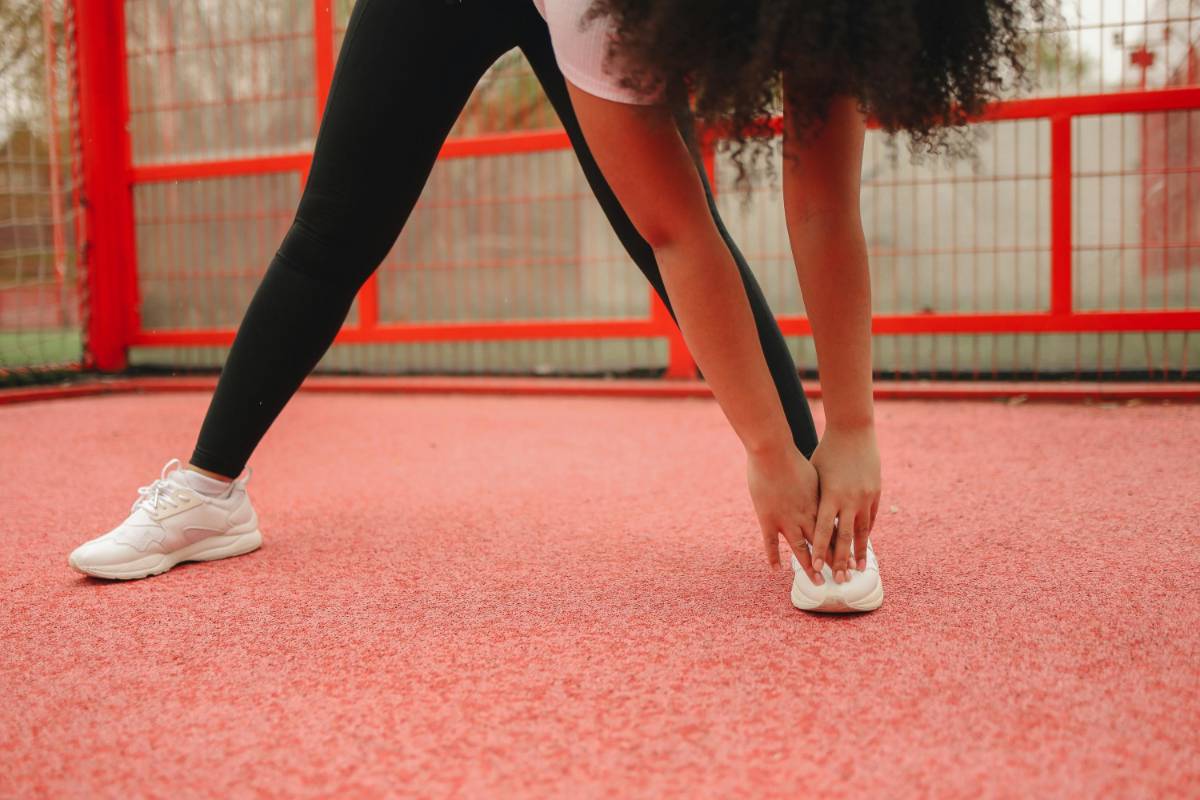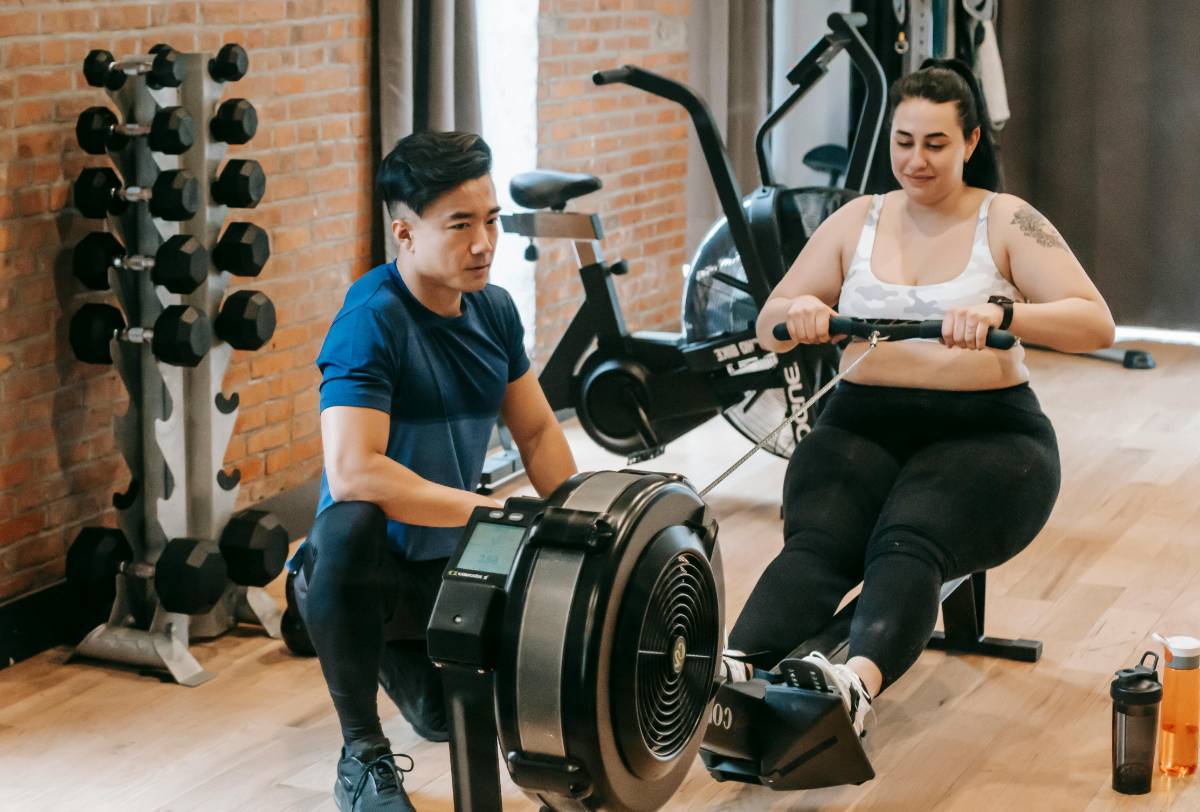Yoga Routines for Flexibility and Stress Relief

3 min read
|14 Dec 2025Yoga is a powerful practice that enhances flexibility and promotes stress relief through mindful movement and deep breathing. Incorporating specific yoga routines into your daily or weekly regimen can help improve your overall well-being. Here are some effective yoga routines designed to boost flexibility and alleviate stress.
Morning Flexibility Routine
Starting your day with a yoga routine can set a positive tone and increase your flexibility. This routine focuses on gentle stretches to wake up your body and mind:
Cat-Cow Pose (Marjaryasana-Bitilasana)
Begin on all fours with your wrists under your shoulders and knees under your hips. Inhale and arch your back, lifting your head and tailbone (Cow Pose). Exhale and round your back, tucking your chin (Cat Pose). Repeat for 5-10 breaths.
Downward-Facing Dog (Adho Mukha Svanasana)
From all fours, lift your hips towards the ceiling, straightening your legs and pressing your heels towards the floor. Hold for 5-10 breaths, then gently return to all fours.
Forward Fold (Uttanasana)
Stand with your feet hip-width apart and fold forward, letting your arms dangle towards the floor. Hold for 5-10 breaths, gently bending your knees if needed.
Standing Forward Bend (Ardha Uttanasana)
From the Forward Fold position, place your hands on your shins or the floor and lift your chest halfway. Hold for 5 breaths, then fold back down.
Child’s Pose (Balasana)
Kneel on the floor, sit back on your heels, and extend your arms forward, resting your forehead on the mat. Hold for 10-15 breaths to relax and release tension.
Evening Stress Relief Routine
Unwind from your day with a calming yoga routine that focuses on relaxation and stress relief:
Legs Up the Wall Pose (Viparita Karani)
Sit next to a wall and lie on your back, extending your legs up the wall. Rest your arms by your sides and hold for 5-10 minutes to encourage relaxation and circulation.
Reclining Bound Angle Pose (Supta Baddha Konasana)
Lie on your back with your feet together and knees bent outward. Place your hands on your belly or by your sides and hold for 5-10 minutes to open your hips and promote relaxation.
Seated Forward Bend (Paschimottanasana)
Sit with your legs extended in front of you and fold forward, reaching for your feet or shins. Hold for 5-10 breaths to stretch your hamstrings and lower back.
Seated Spinal Twist (Ardha Matsyendrasana)
Sit with your legs extended and bend one knee, placing your foot on the outside of the opposite thigh. Twist your torso towards the bent knee, holding for 5-10 breaths on each side.
Corpse Pose (Savasana)
Lie on your back with your legs extended and arms by your sides, palms facing up. Close your eyes and focus on your breath, holding for 10-15 minutes to promote deep relaxation.
Yoga for Flexibility
In addition to the above routines, incorporating flexibility-focused yoga poses can enhance your range of motion:
Extended Side Angle Pose (Utthita Parsvakonasana)
From a standing position, step one foot back and bend your front knee. Extend your arms and place your elbow on your thigh or the floor, reaching your other arm overhead. Hold for 5-10 breaths on each side.
Triangle Pose (Trikonasana)
Stand with your feet wide apart, extend your arms, and hinge at your hips to reach one hand towards your foot or the floor. Extend your other arm up towards the ceiling. Hold for 5-10 breaths on each side.
Pigeon Pose (Eka Pada Rajakapotasana)
From all fours, bring one knee forward and extend the other leg straight behind you. Lower your hips towards the floor and fold forward. Hold for 5-10 breaths on each side.
Tips for a Successful Yoga Practice
Practice Regularly: Consistency is key to improving flexibility and managing stress. Aim for at least 3-4 times per week.
Listen to Your Body: Modify poses as needed to suit your flexibility and comfort level.
Focus on Breathing: Deep, mindful breathing enhances relaxation and supports flexibility.
Create a Calm Environment: Practice in a quiet, comfortable space to promote relaxation and focus.
Incorporating these yoga routines into your daily life can significantly enhance your flexibility and help manage stress. Whether starting your day with a flexibility routine or ending it with stress relief poses, yoga offers valuable benefits for both body and mind.
MORE ARTICLES

2 min read | 21 Sep 2025
How to Create an Effective Skincare Routine
Creating an effective skincare routine is essential for maintaining healthy, glowing skin. With countless products and advice available, it can be overwhelming to know where to start. An effective skincare routine is not about using the most expensive products but about selecting the right ones for your skin type and concerns and applying them consistently. In this article, we’ll guide you through the steps to develop a skincare routine that works for you.

5 min read | 20 Sep 2025
Choosing the Right Moisturizer for Your Skin Type
Selecting the right moisturizer can make a significant difference in your skincare routine, as it helps keep your skin hydrated, balanced, and healthy. However, with the myriad of options available, choosing the right one for your specific skin type can be overwhelming. In this article, we’ll guide you through how to select the best moisturizer tailored to your skin type, ensuring that you achieve optimal results.

3 min read | 19 Sep 2025
Benefits of Using Sunscreen Daily
Sunscreen is often considered an essential part of any skincare routine, yet many people overlook its importance. Applying sunscreen daily goes beyond just protecting your skin from sunburns; it helps in preventing long-term damage and maintaining skin health. In this article, we'll explore the numerous benefits of using sunscreen every day and why it's crucial for your skin's overall well-being. Sunscreen is not just a summer product but an all-year-round necessity. Regardless of the season, your skin is exposed to UV rays, which can have harmful effects even on cloudy days.

2 min read | 18 Dec 2025
The Benefits of Strength Training for Weight Loss
Strength training, also known as resistance training, offers numerous benefits for weight loss and overall fitness. Incorporating strength training into your exercise routine can enhance your weight management efforts by boosting metabolism, preserving muscle mass, and improving body composition. Here’s a guide to understanding the benefits of strength training for weight loss and how to make it an effective part of your fitness plan.

4 min read | 17 Dec 2025
Tips for Maintaining Weight Loss After Reaching Your Goal
Achieving your weight loss goal is a significant accomplishment, but maintaining your new weight can be just as challenging. Once you’ve reached your target weight, it’s important to adopt strategies to ensure you keep the weight off and continue to live a healthy lifestyle. Here are some tips for maintaining weight loss after reaching your goal.

2 min read | 16 Dec 2025
How to Read Nutrition Labels to Support Your Weight Loss Goals
Reading nutrition labels is an essential skill for managing your weight and making informed dietary choices. Nutrition labels provide valuable information about the nutrient content of food products, helping you to select options that align with your weight loss goals. Here’s a guide on how to read nutrition labels effectively to support your weight management efforts.
RECENT POSTS
1
Hydrating Foods to Include in Your Diet
5 min read | 02 Nov 20252
How to Identify and Combat Dehydration
5 min read | 01 Nov 20253
Benefits of Drinking Water Before Meals
6 min read | 31 Oct 20254
How Much Water Should You Drink Each Day?
6 min read | 30 Oct 20255
The Importance of Staying Hydrated for Weight Loss
5 min read | 29 Oct 20256
Strategies for Building a Healthy Relationship with Food
6 min read | 28 Oct 2025MORE POSTS

Hydration Tips for Active Lifestyles
5 min read | 18 Oct 2025
Best Hydrating Beverages Beyond Water
5 min read | 17 Oct 2025
Signs of Dehydration and How to Prevent It
2 min read | 16 Oct 2025
Benefits of Staying Hydrated for Your Skin
3 min read | 15 Oct 2025
How Much Water Should You Drink Daily?
2 min read | 14 Oct 2025
